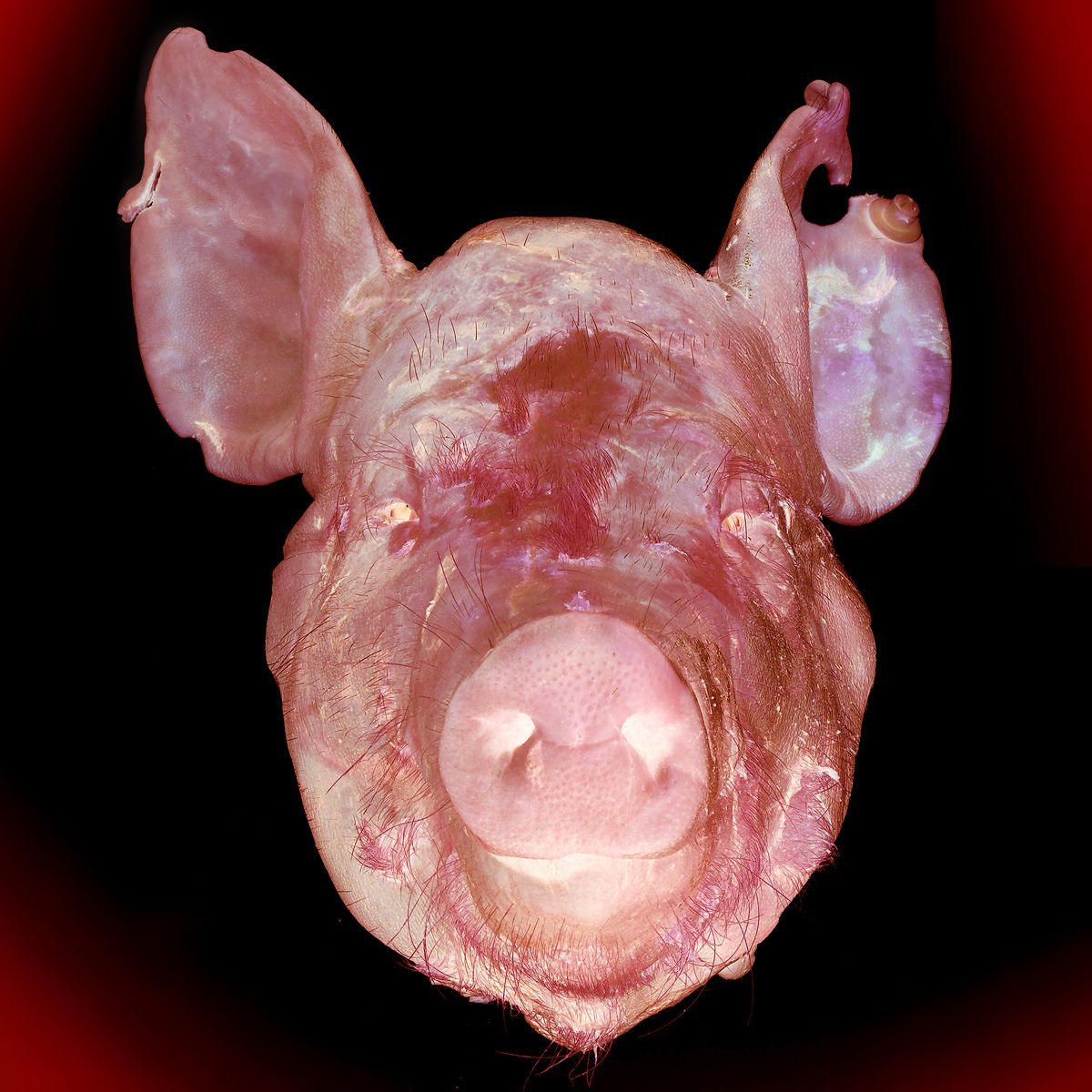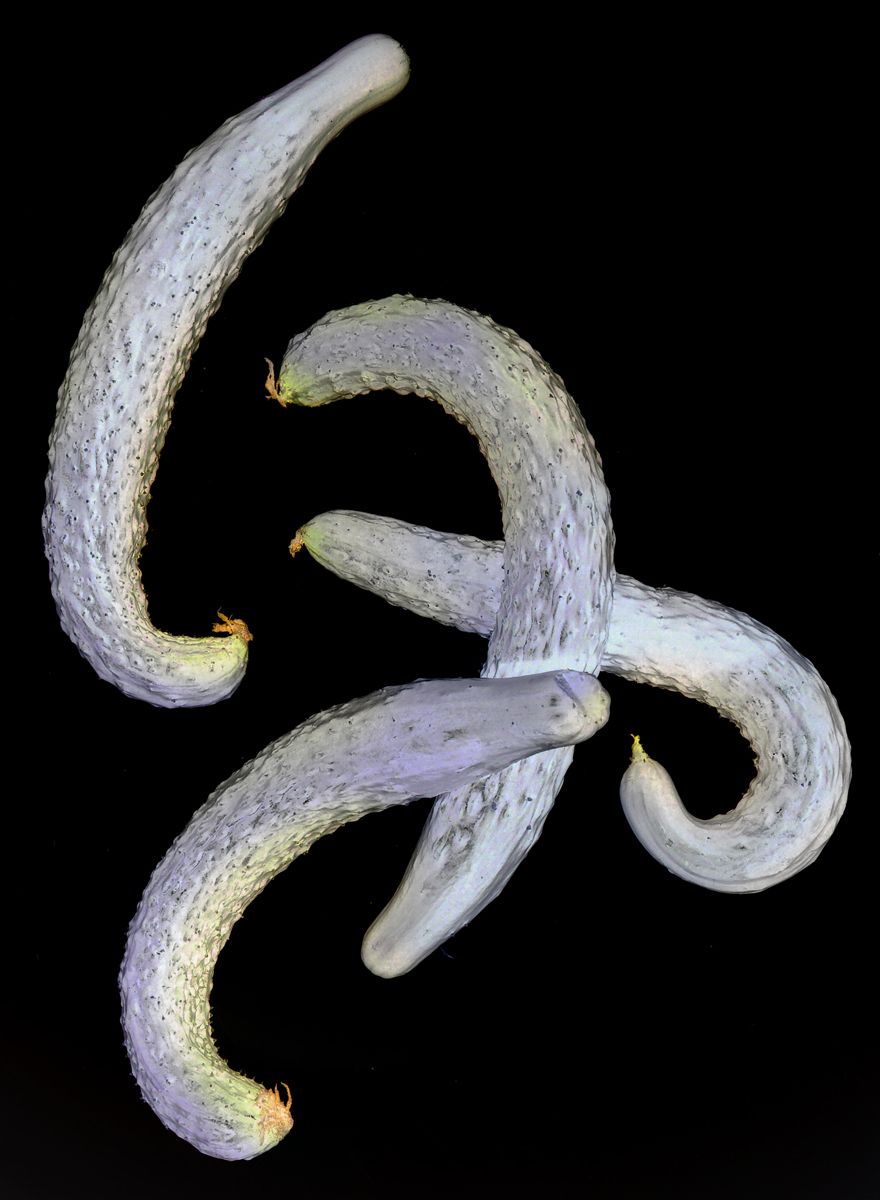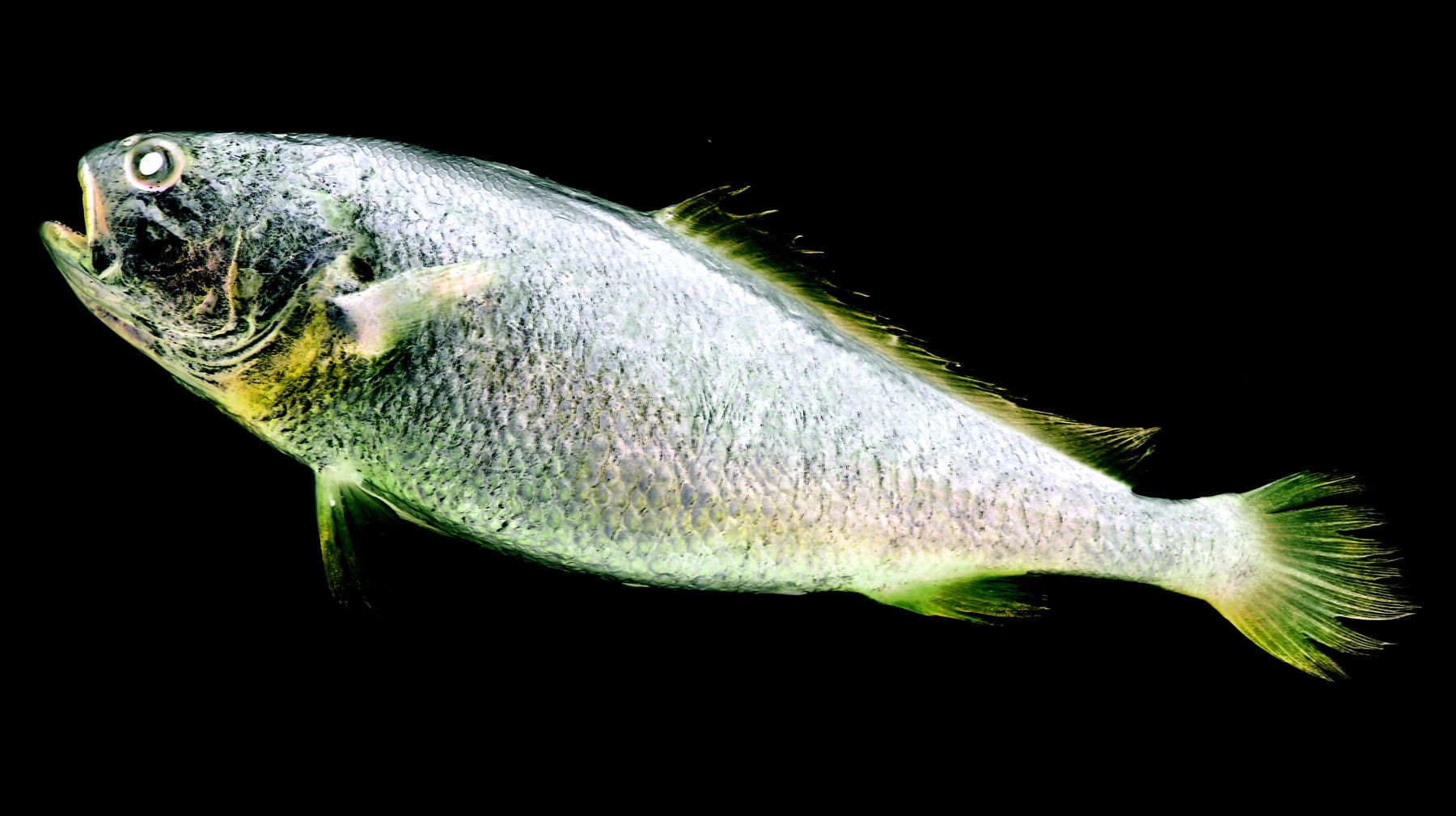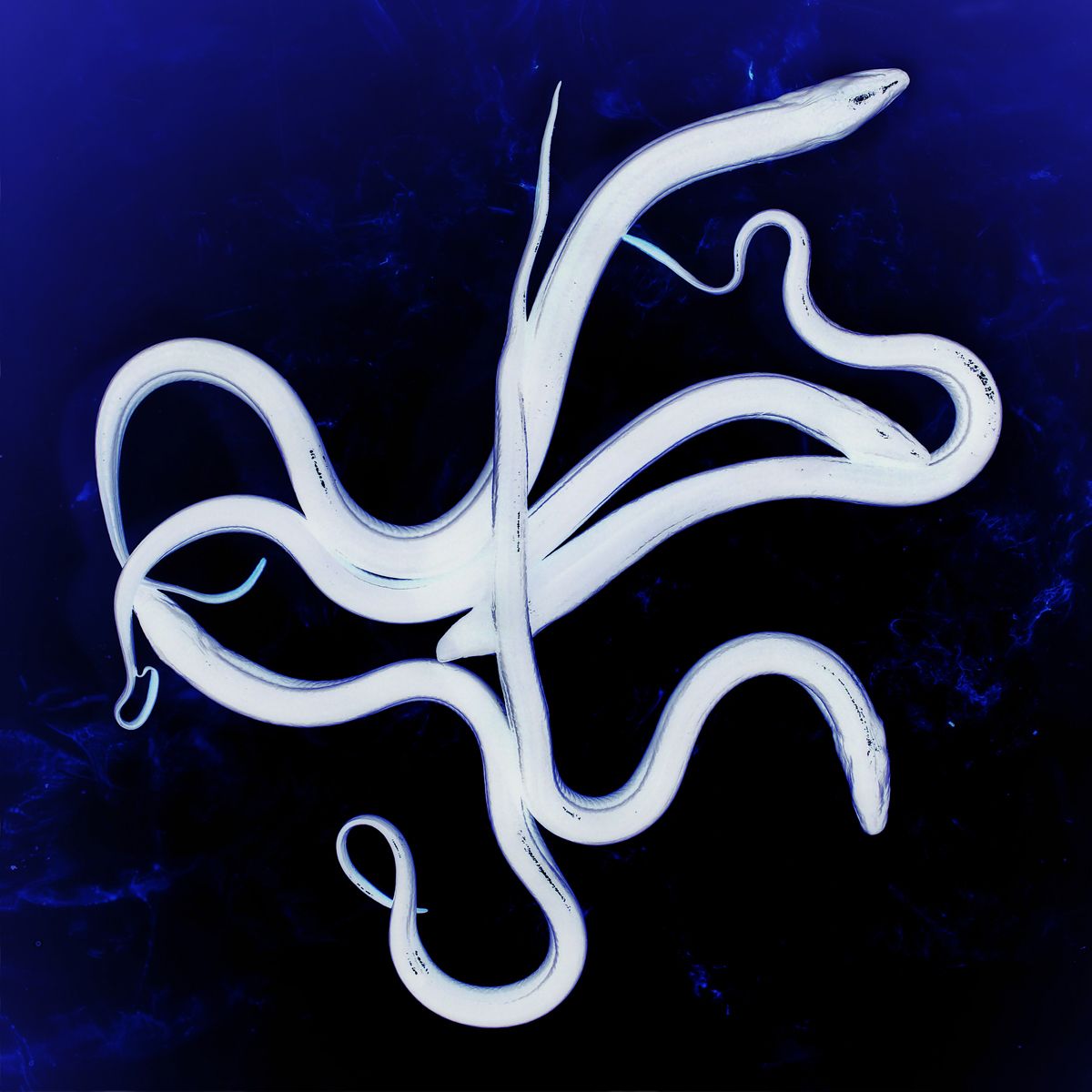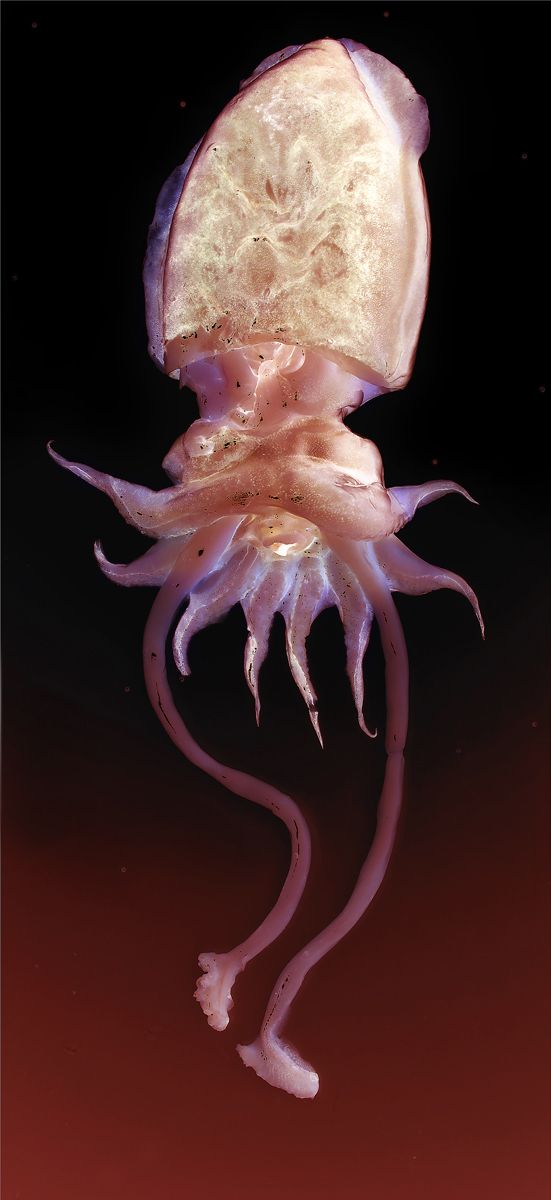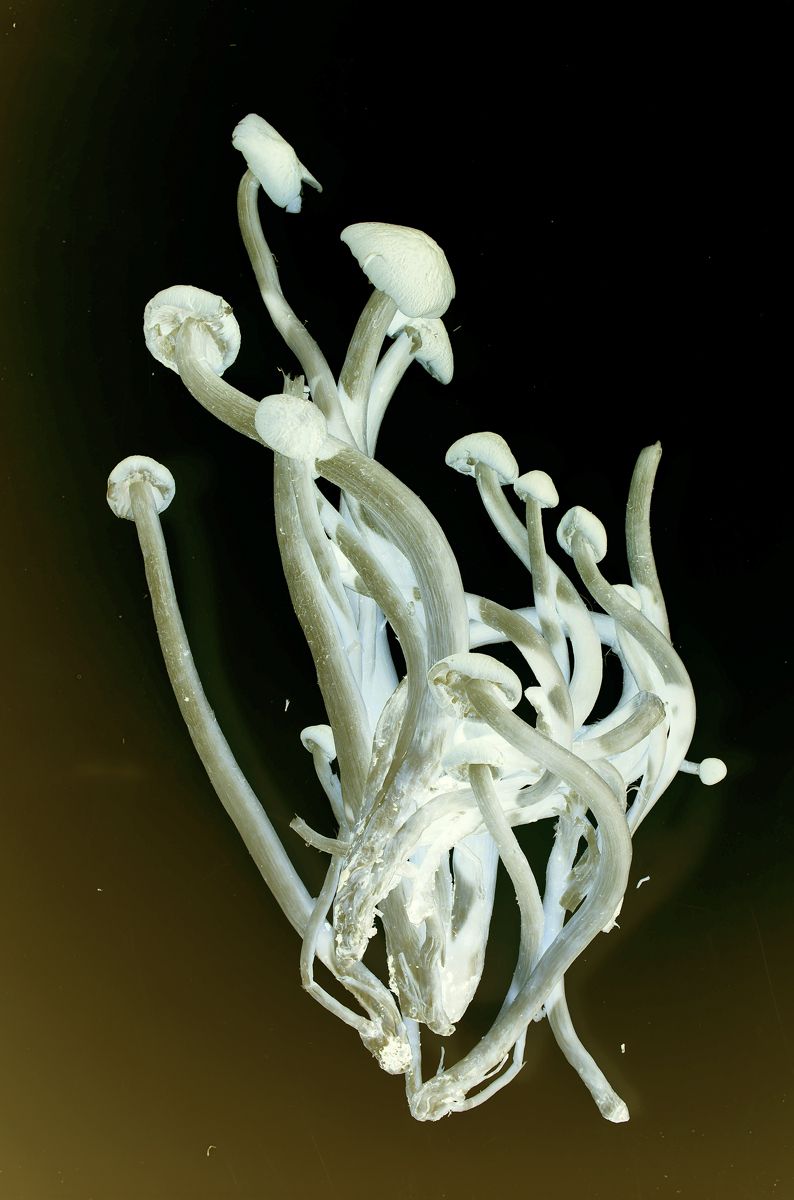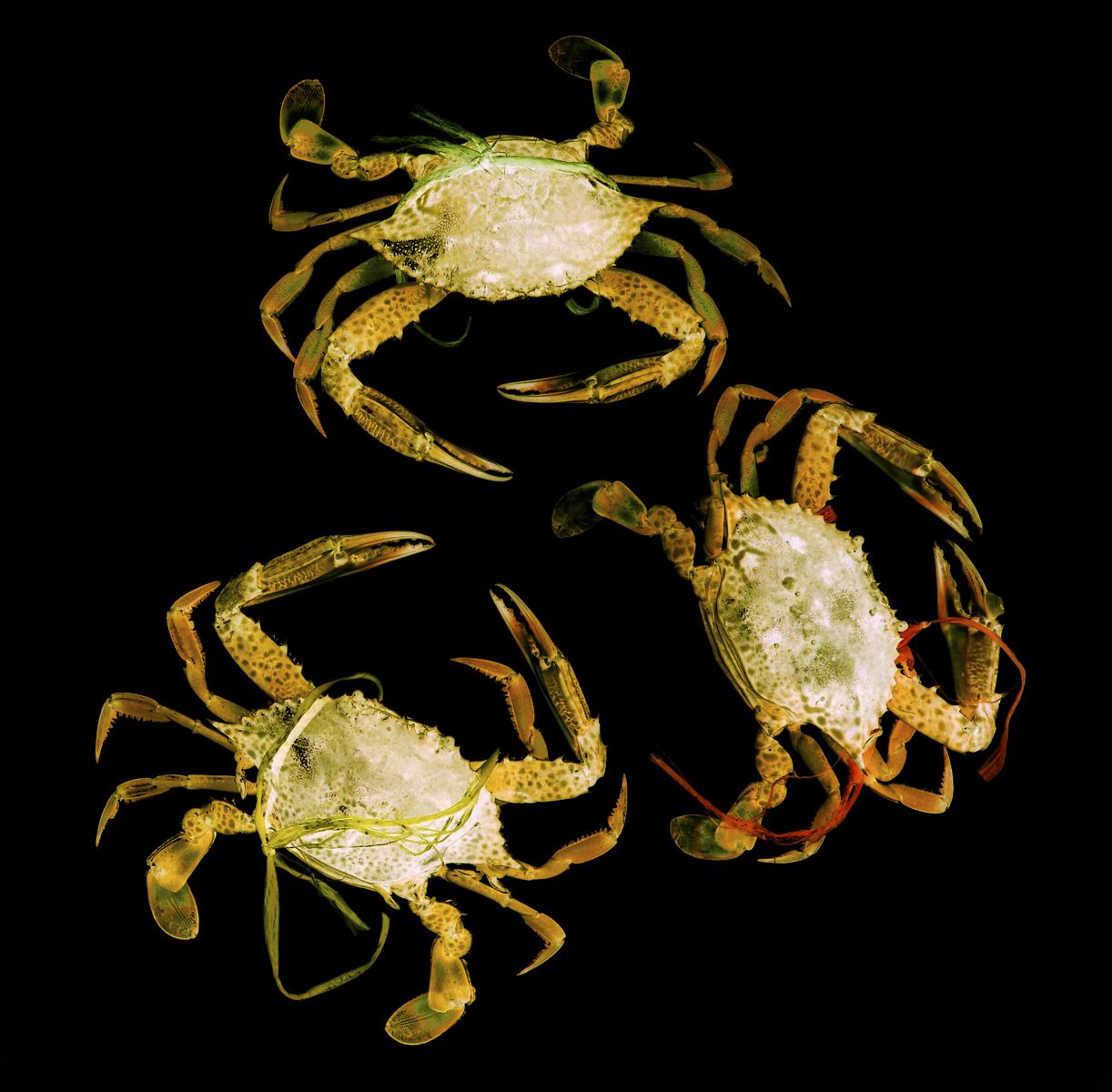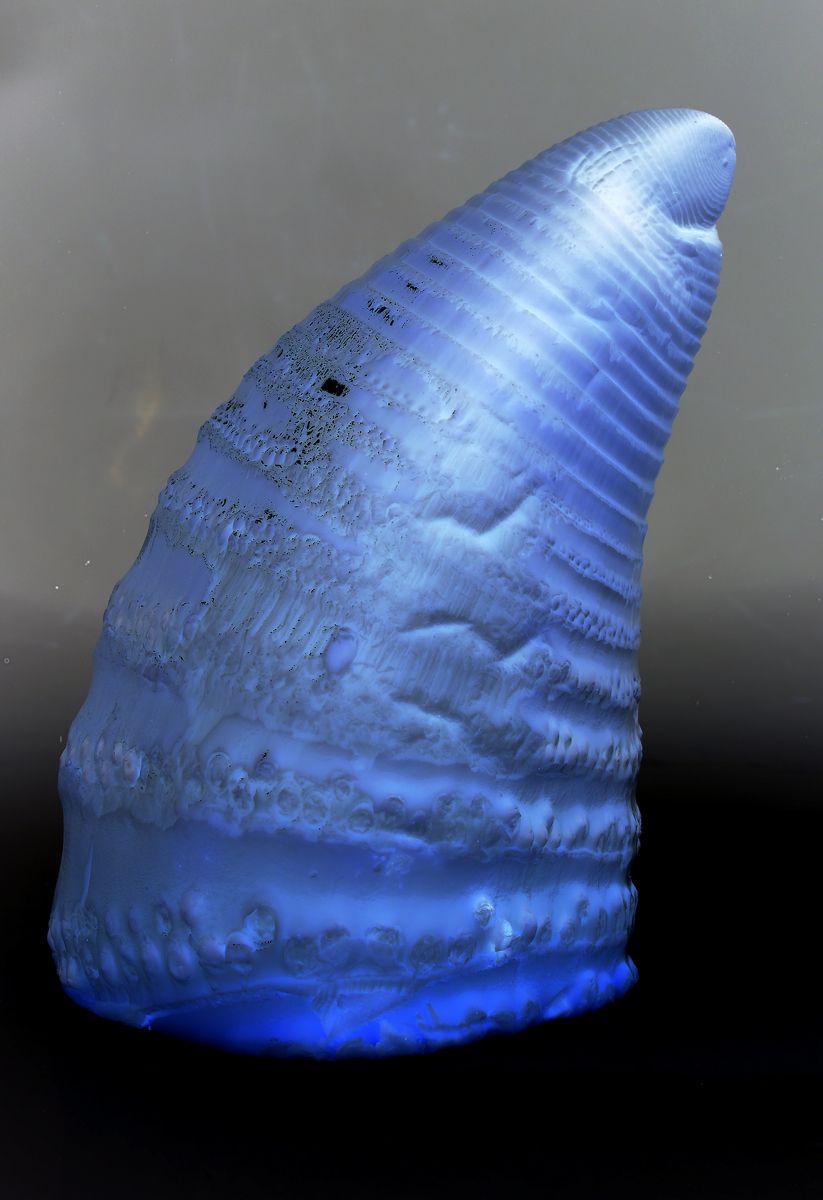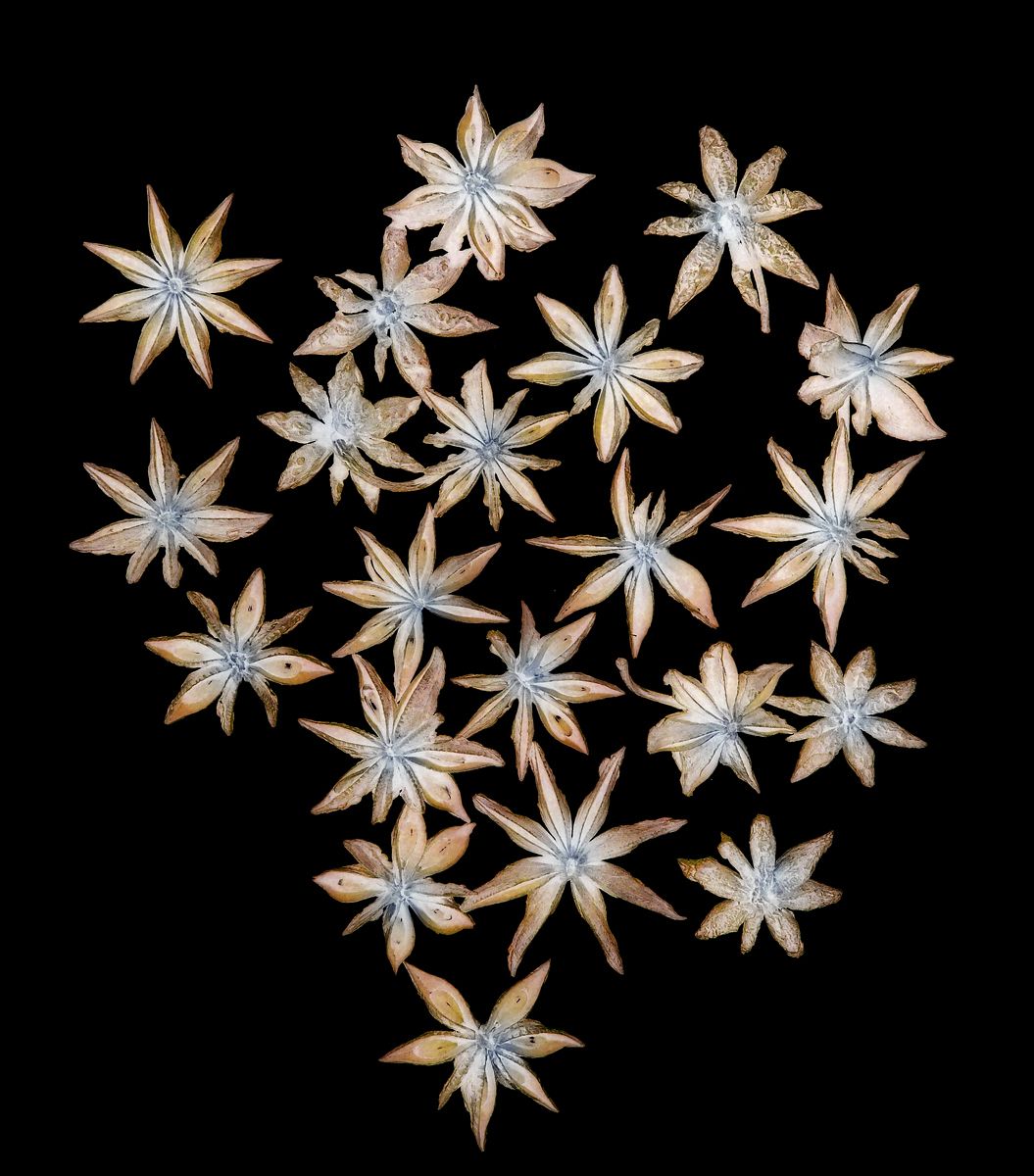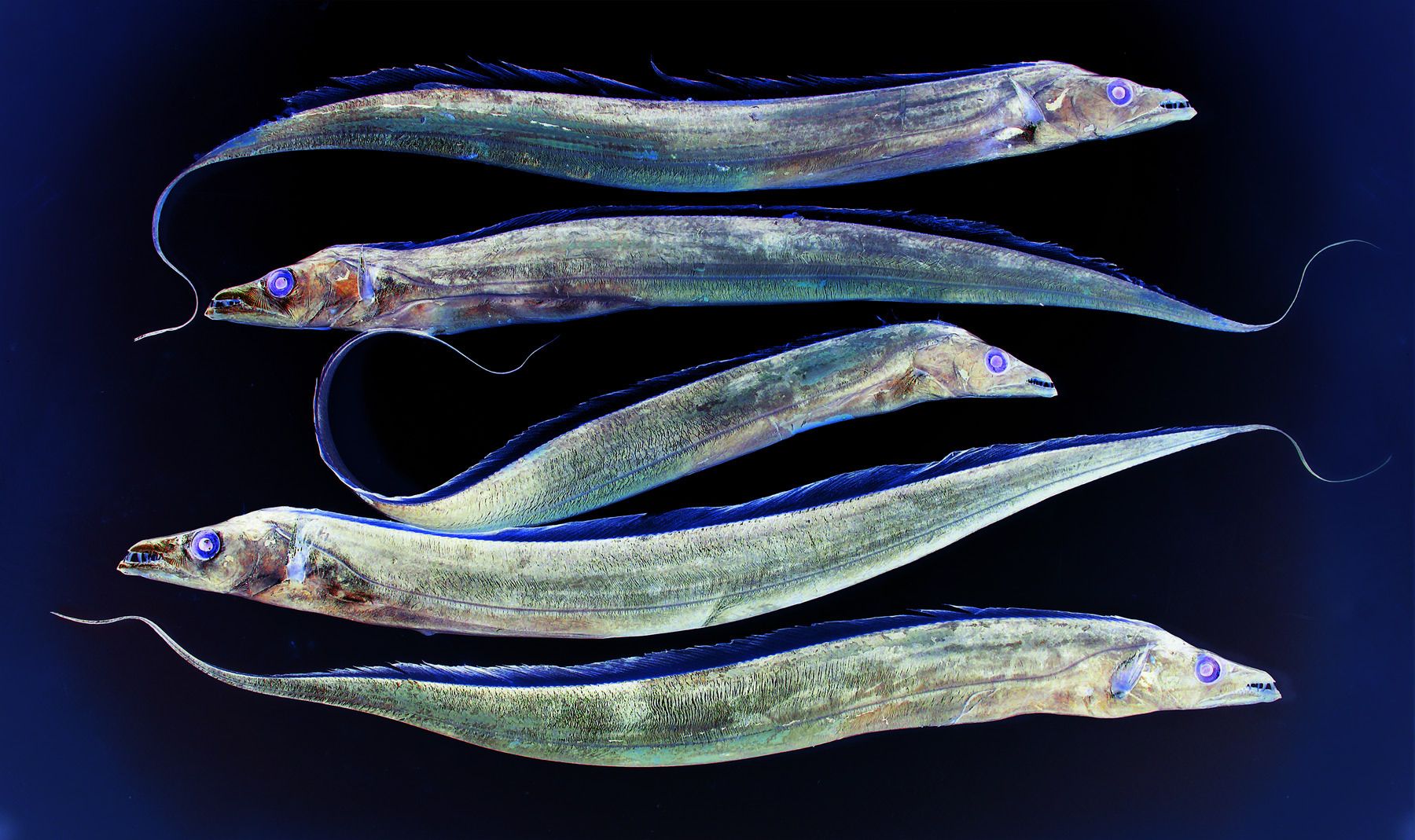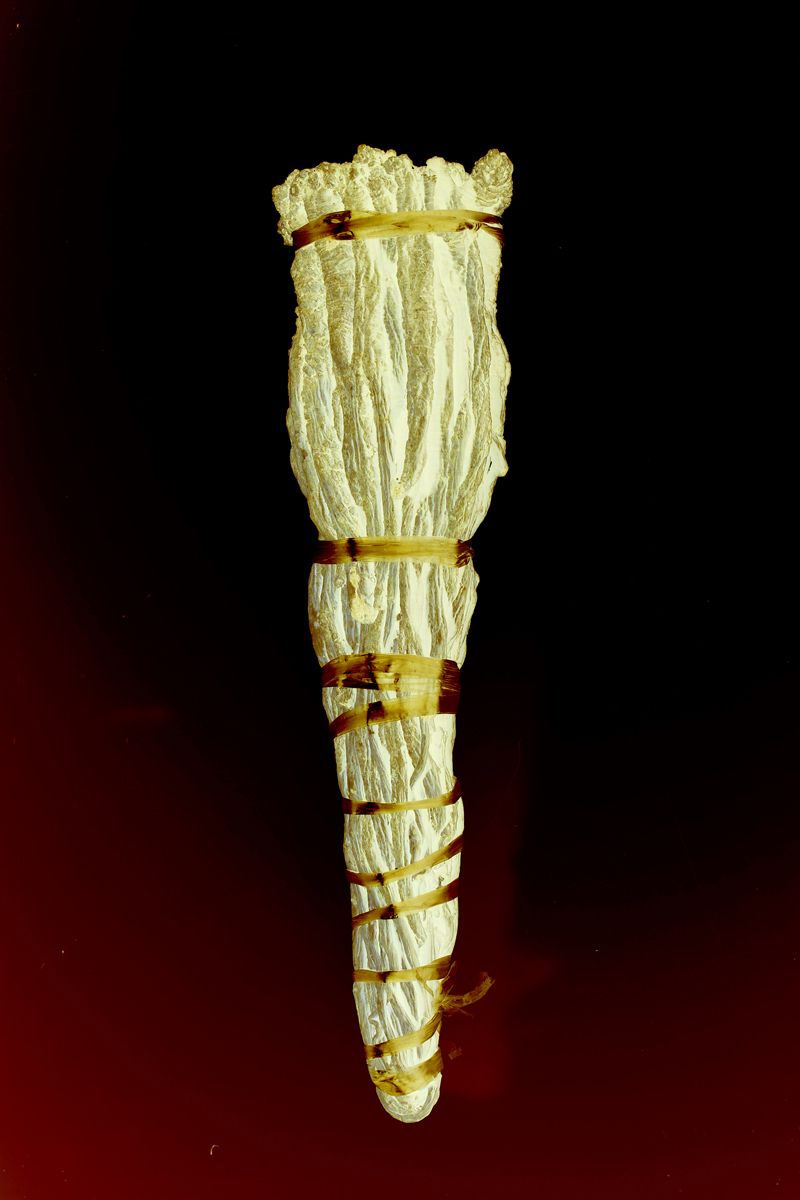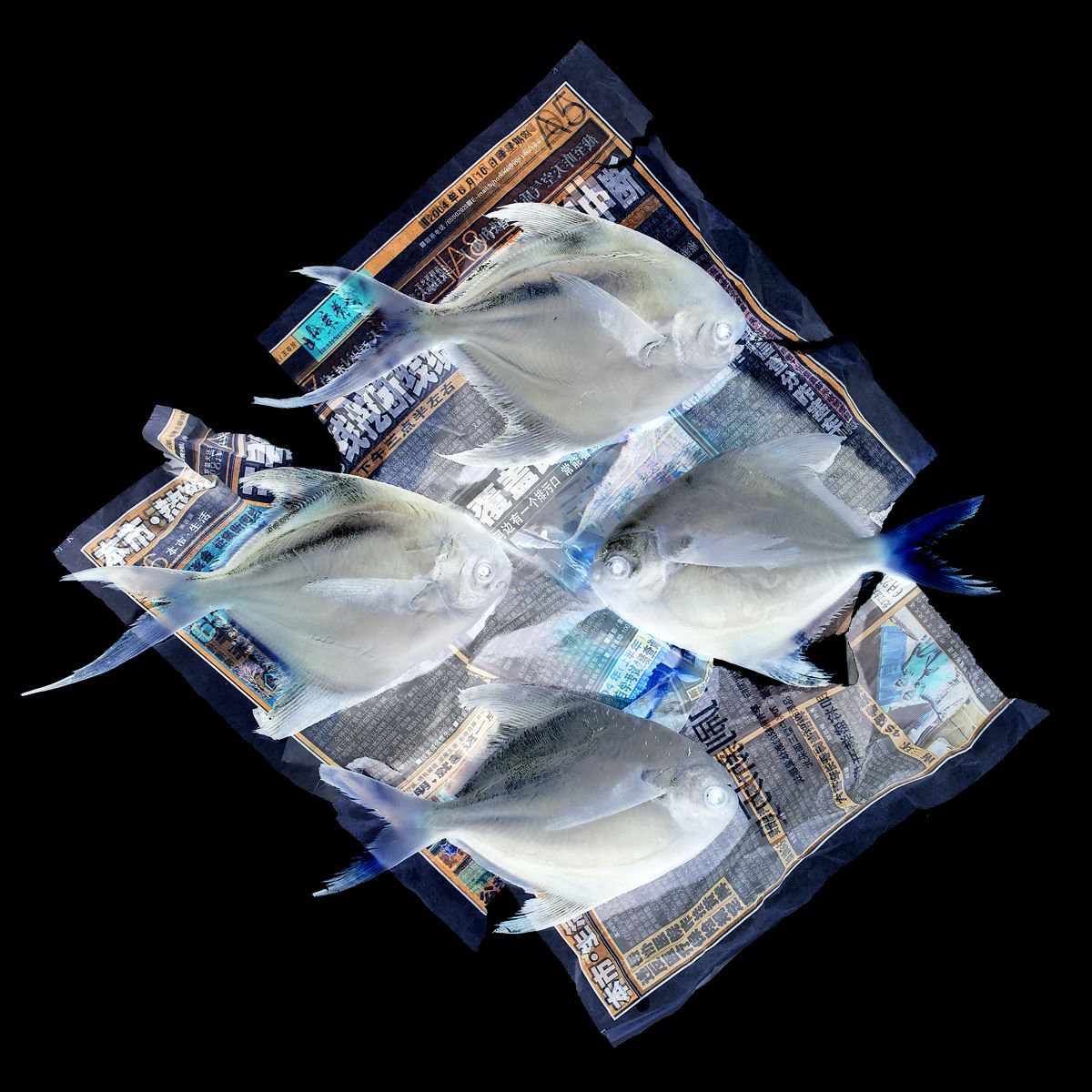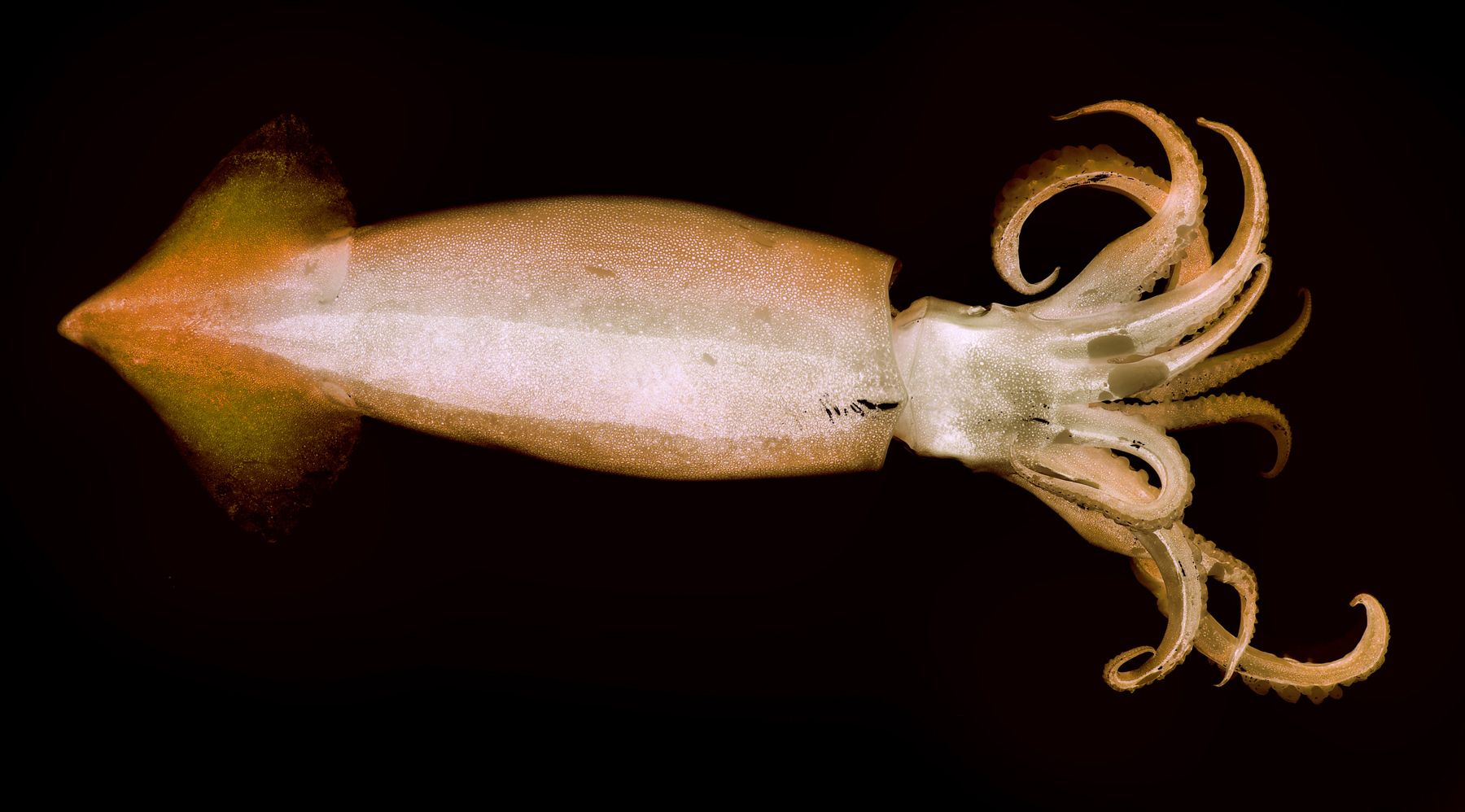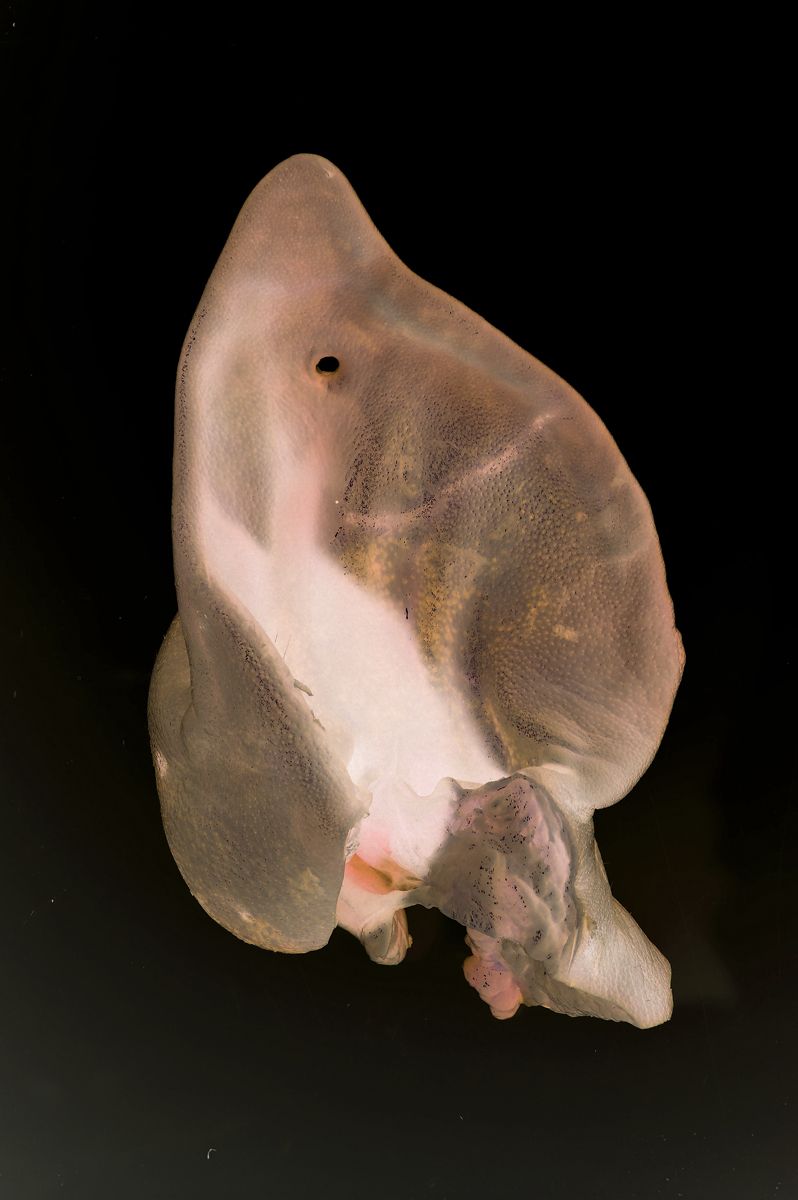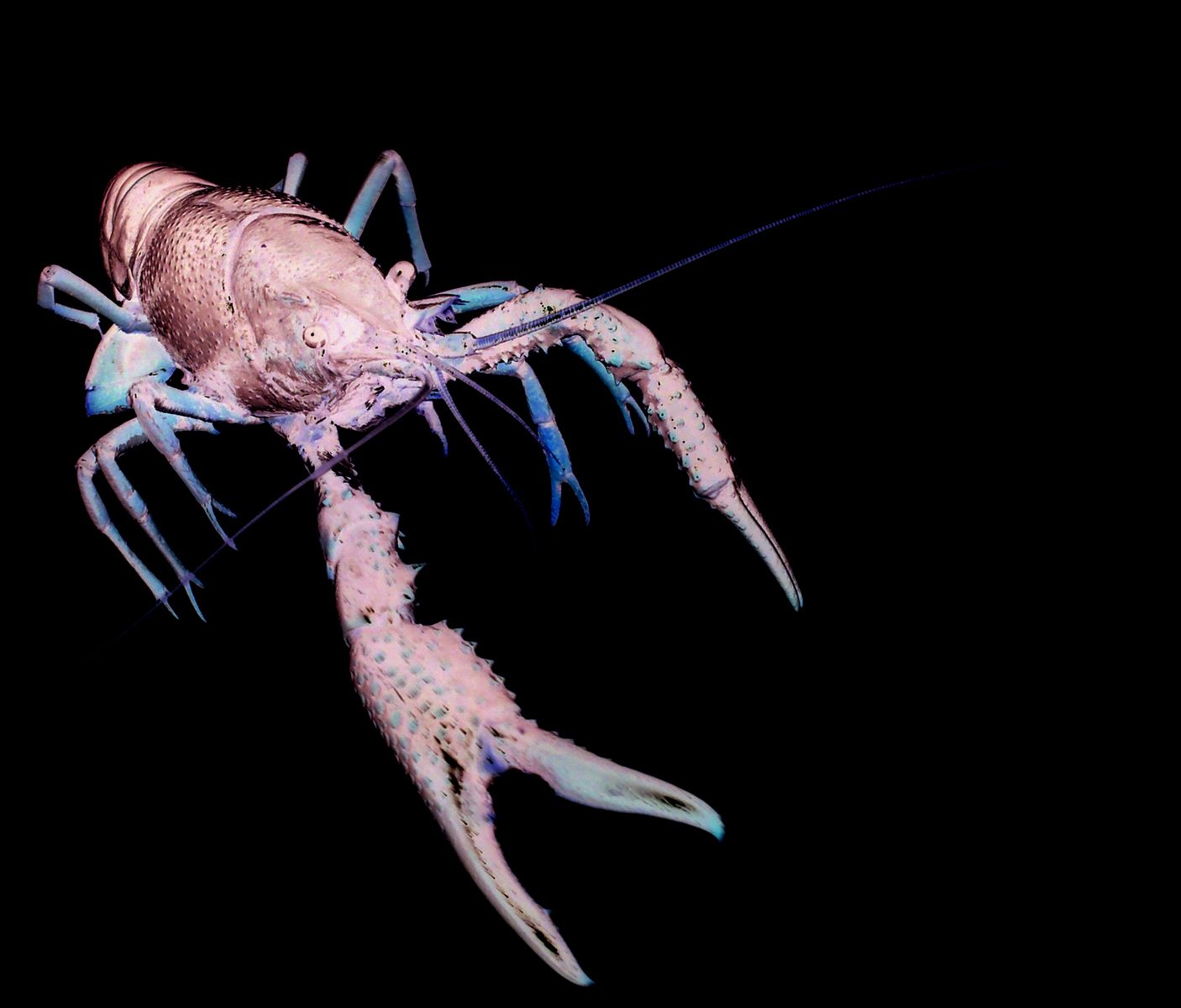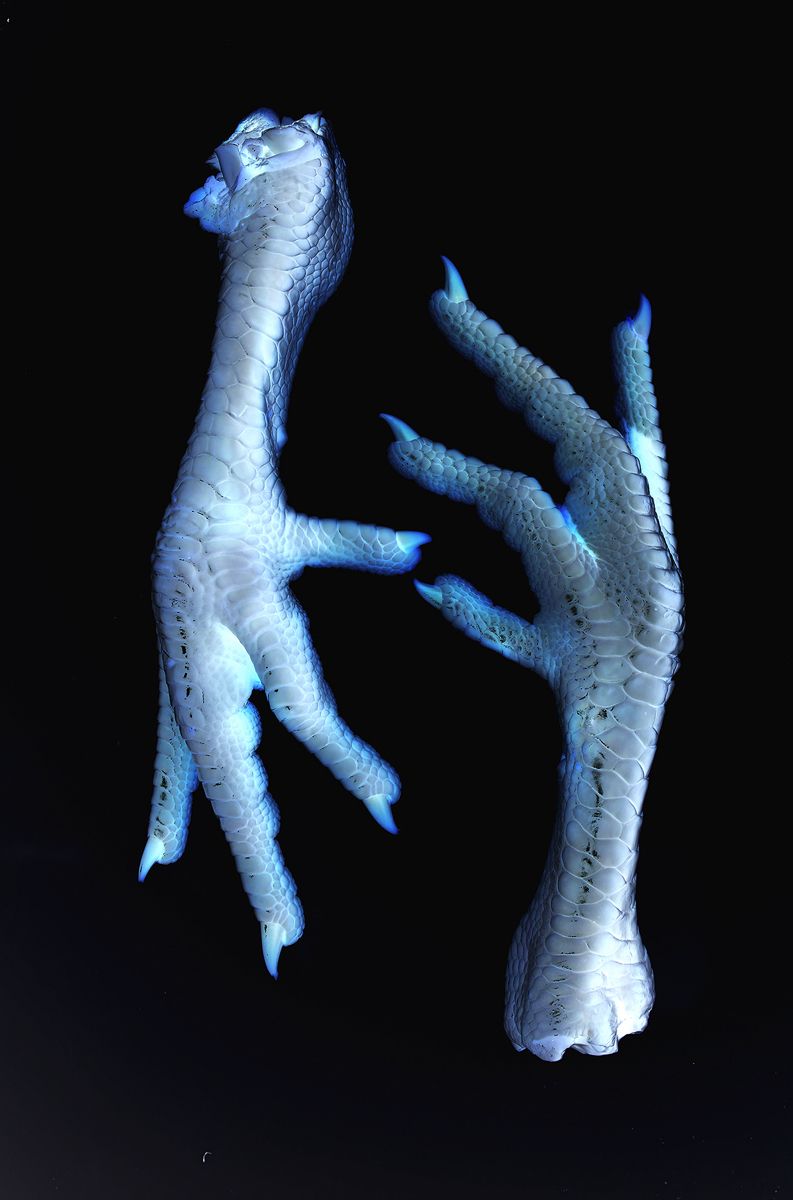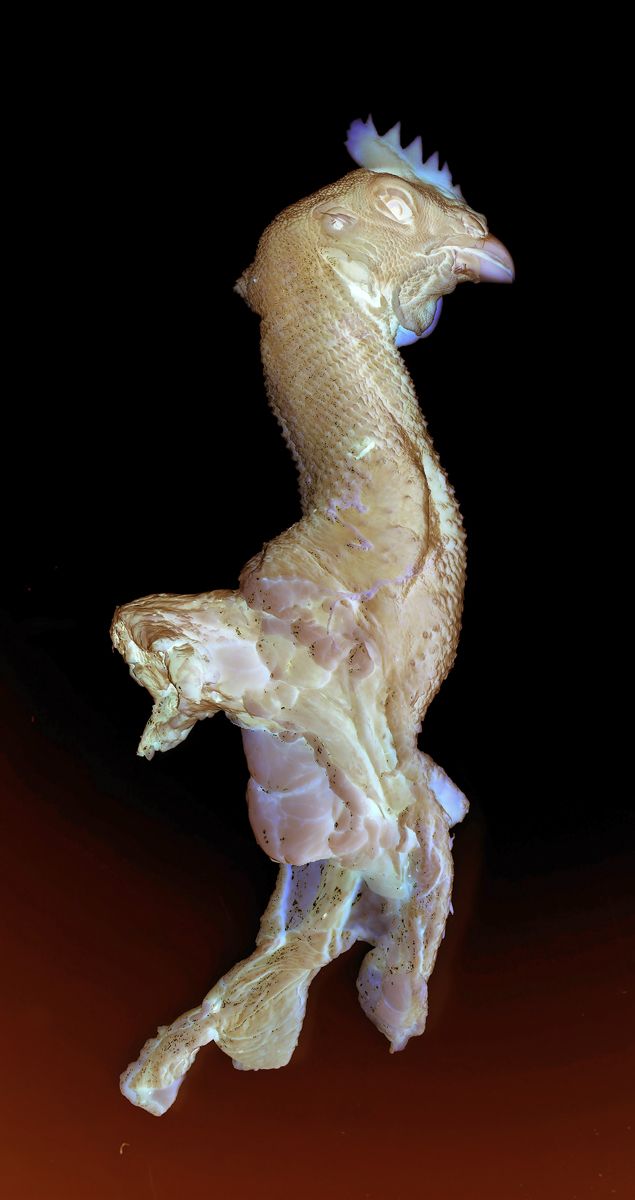One of the first things that I did upon arriving in China was to eat. At the time, after a 16-hour flight from New York, getting a bite to eat seemed like a modest and reasonable idea. I had no idea that, for the rest of my time in China, almost every activity I would engage in would be connected to food in some way or another. More often than not it was not just food, but coming from a western point of view, it was “scary food!”
With the millions of people that China must feed every day, food is at a premium and nothing is wasted. Although it seemed that just about every plant, fish, fowl or meat in China was edible, the freshest things were still alive when purchased. In EelsV3, although stunned by the fishmonger when I purchased them, by the time the eel made it to my improvised light table, they were alive and animated. This animation -- twisting, squirming, and undulating movements -- produced a unique pattern and design with every digital capture.
I had already been working in the negative or inverted image process, where lights become darks, and colors shift, such as reds to the cyan/blue range, and greens migrate toward magenta. It is within this process that I strive to reveal hidden truths in the subject. In applying this process to my China food finds (inverting and assigning new color representations), the subject(s) become more than just the literal parts of animals. They take on a new and sublime meaning. For example, in ChicHeadV5, which to the naked eye and in its natural state appears as a monotone flesh color and not something we in the West would consider eye-pleasing, changes when the image is inverted and the colors are reassigned to reveal a broad range of subtle colors, hues, and tones. In printing it over size and larger than life, while still disturbing, the image becomes majestic and almost noble.
For days, I researched the open wet markets of Beijing, where the smell of life and death waif through the air and mix with the sounds of everyday commerce, and discovered those subjects that I would capture and reveal in my study. Upon returning at sunrise on the day of the shoot with my young and talented Beijing Film Academy assistants, we power-shopped, grabbing eels and fish here, pigs’ head there, and poultry (parts and in whole), as well as numerous strange fruits, vegetables, and spices from everywhere. With no refrigeration available, it was a race to return to the studio and shoot before the food (much of it still alive) died or spoiled.
This was true action photography and by 1:00 in the afternoon the shoot was finished, with 45 different and strange foods captured, and ready for revelation and immortality. When my assistants asked what I wanted to do with the food now that the shoot was done, I told them that they could take whatever they wanted. They did, nothing was wasted, and an exotic feast was had by all.
